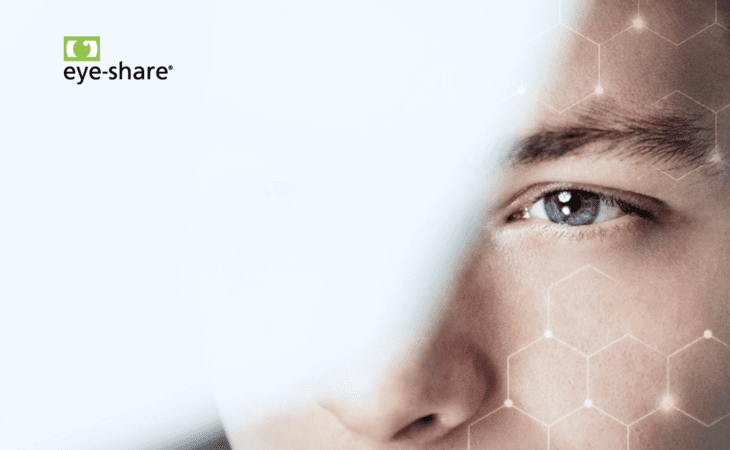
We are proud to announce that in close collaboration with the Norwegian Labor and Welfare Administration (NAV), we are now working to facilitate the eye-share application for the visually impaired, through further universal design according to the WCAG 2.1 standard.
Press release | September 1st, 2022
With the increasing degree of digitalization, there is a requirement that all solutions that are developed must be accessible to everyone. As a software supplier, it makes a lot of sense to develop and adapt technology that makes everyday life easier for all user groups, including those with disabilities, says Torhill Falnes, CEO of Eye-share.
Sustainability and equal opportunities for everyone
A central principle in the 2030 agenda for the UNs sustainable development goals is that no one shall be left out. Universal design is an important prerequisite for meeting the sustainable development goals, and must promote equality and combat discrimination of people with disabilities.
Universal design is profitable
We are lucky to live in a country that provides for, and has the recourses to facilitate for everyone to get equal opportunities to deal with their disabilities without too great consequences, says Falnes. Unfortunately, it is still the case in Norway today that not all applications that are developed are equally easy for the visually impaired to use. Even though it is required by law.
Well- functioning and functional applications are important for the entire population. Products with good usability in line with universal design have high, general customer satisfaction for everyone. Not only the visually impaired or colorblind. Universal design of information technology is therefore socio-economically profitable.
Eye-share is proud to lead the way
As part of the implementation at NAV, Eye-share has now changed the interface in our application. We admit that in the initial phase we saw this as something time-consuming, and perhaps not entirely necessary, says Falnes. In retrospect we see that by building in contrasts, color choices, magnification options, even better keyboard use and simple error handling, it is not only visually impaired who benefit from this. All of our customer groups do, Falnes says.
What does this mean for NAV and for visually impaired users?
Complying with the requirements for universal design and the WCAG standard, means that we include a larger group (which is guaranteed to also be in our target group). That means that everyone can use our solutions from purchase to payment. For our customer, NAV, this will mean that they can offer work to the visually impaired in their new invoice handling system eye-share Workflow. Thereby contribute to creating an even more inclusive society and working life. This is also a part of their overall strategy.
Eye-shares product vision “The best user experience”
Eye-share develops solutions that automate the approval process for purchases, contracts, and incoming invoices. The software is web-based and offered as a cloud solution. From the very beginning in 2001, Eye-share has been concerned with user-experience, intuitive interface, and familiar methodology. From the beginning, our vision has been to offer the best user experience. Universal design has been a guiding principle for us for many years, precisely to make our applications modern and easy to use for our customer groups.
From February 1st 2023, the WCAG standard (guidelines for accessible web content) will become part of Norwegian law and thus a requirement for all public websites. We are happy to be at the forefront of this together with our important customer NAV, Falnes concludes.
What does universal design and WCAG mean?
Universal design is about creating IT solutions that work for everyone, including those with disabilities.
WCAG is an international standard that stands for Web Content Accessibility Guidelines and are guidelines for how digital content can be more accessible to people with poor vision or limited mobility. The guidelines apply to digital content and applications for PC, tablet and mobile. In general, the guidelines are about making it possible to perceive, operate and understand the solution.
- Easy to read with fonts and use of color that shows consideration for color blindness and the visually impaired.
- Faster and easier to navigate in the application/website
- Guidance for finding your way around the application using help text on buttons and menus
- Minimize wear and tear damage by offering keyboard use to perform navigation and operations in the application, as well as preventing unnecessary mouse clicks
- Facilitate the use of a screen reader

